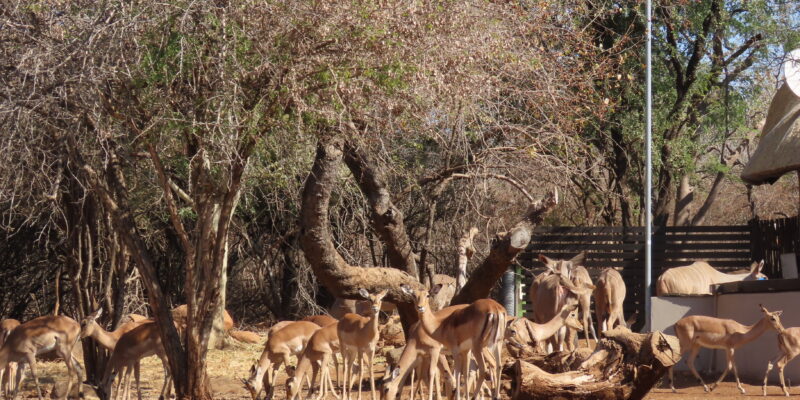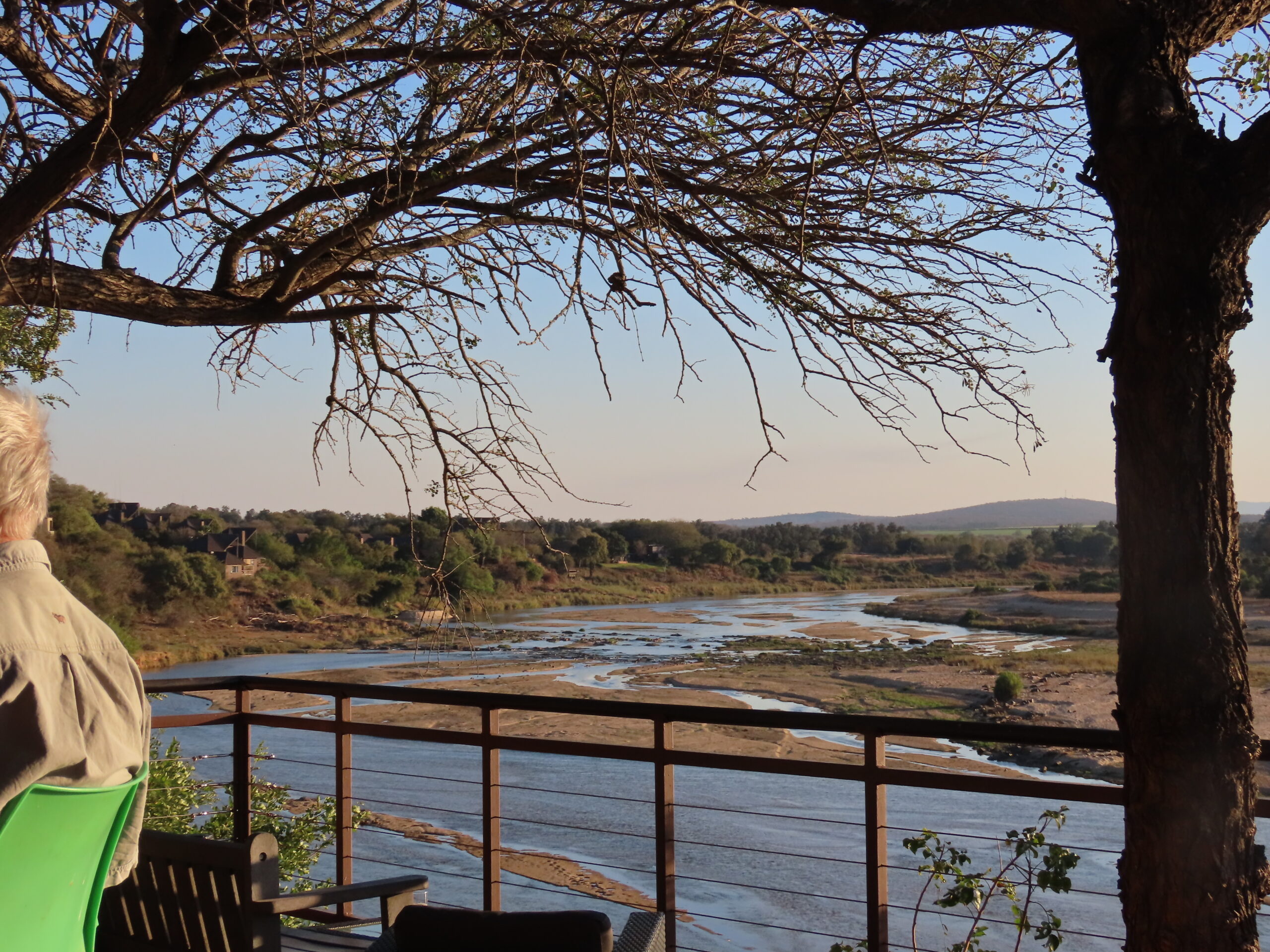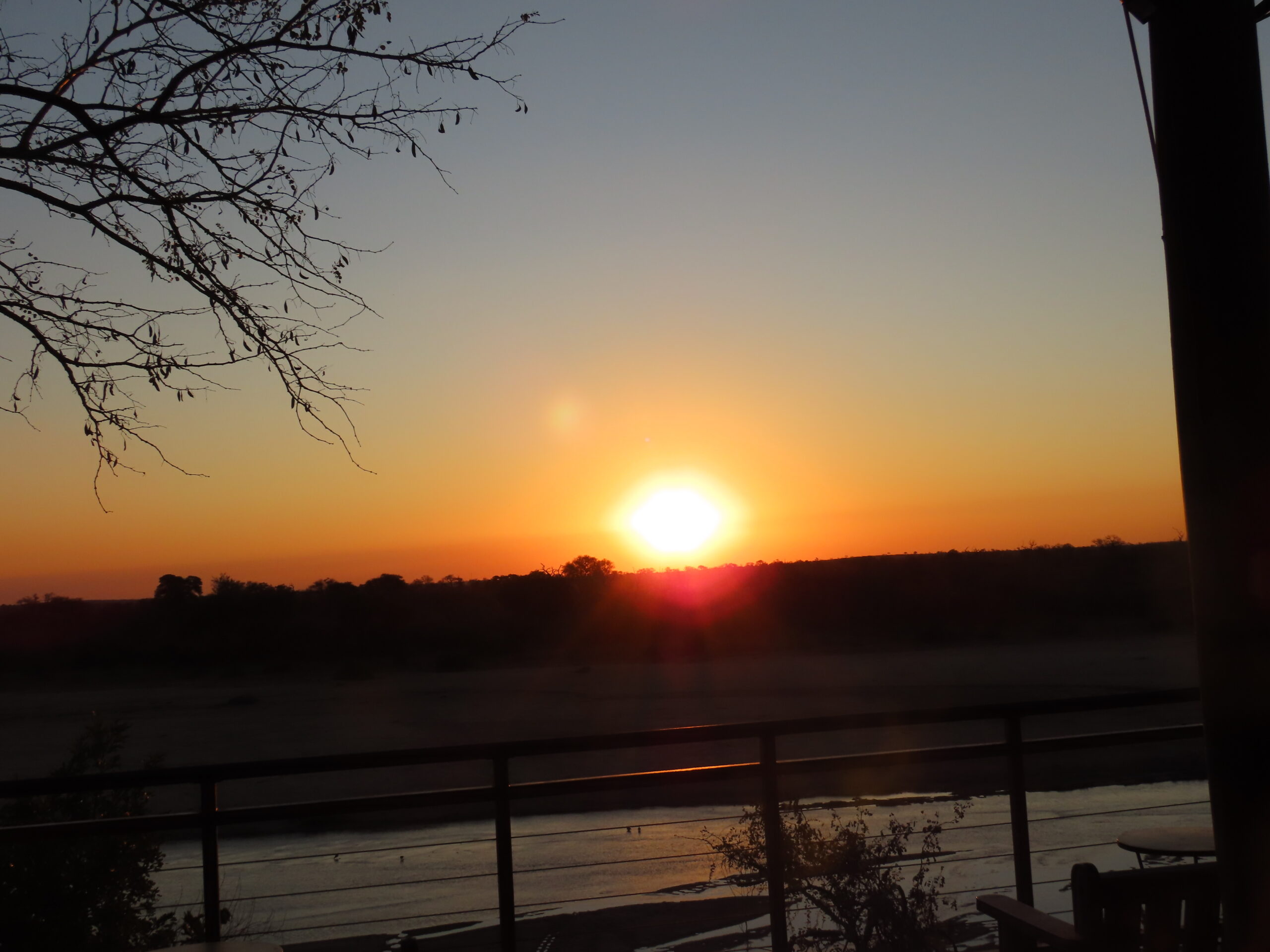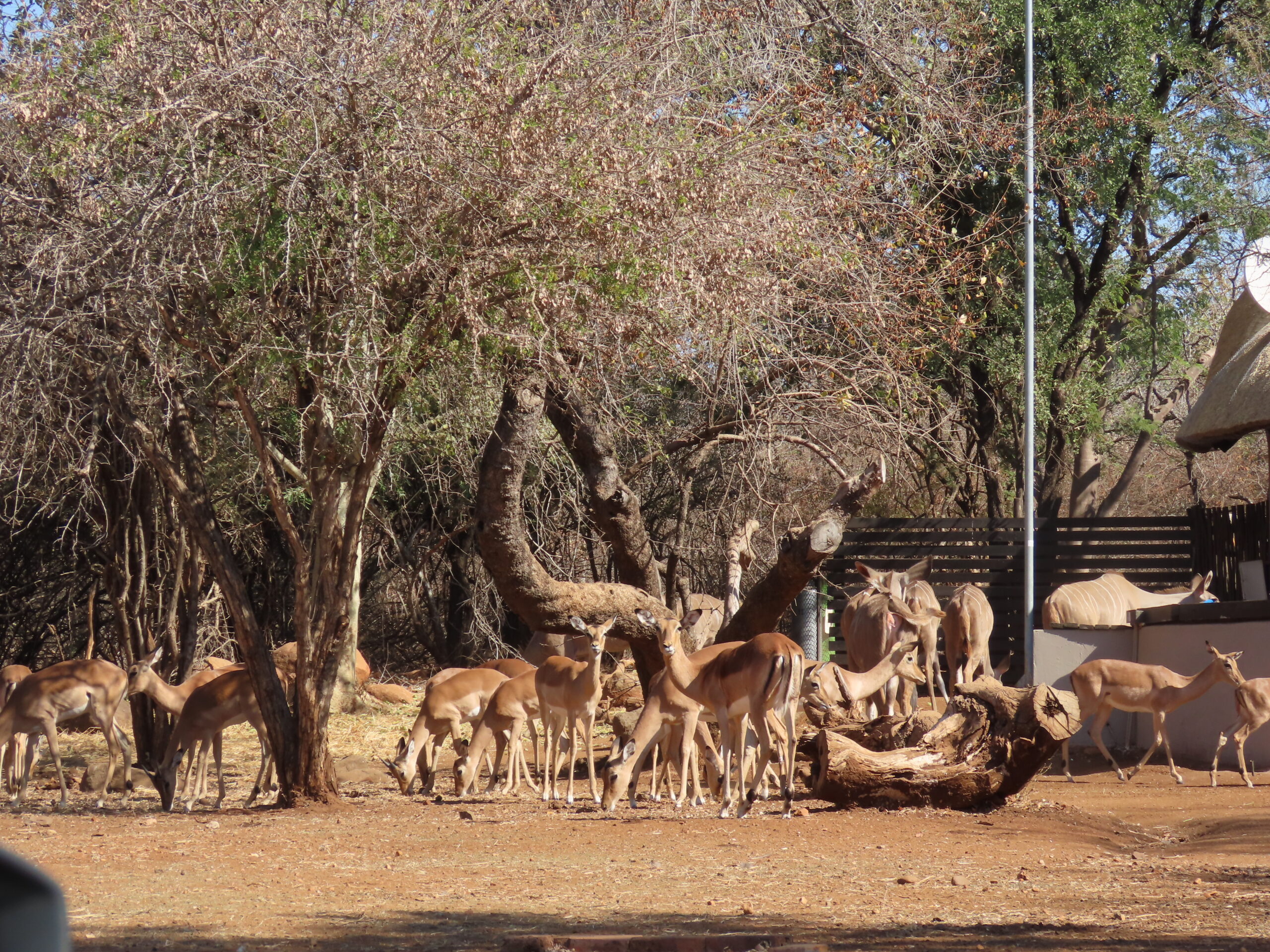
From Travel & Leisure online magazine:
“These Are the Dirtiest Parts of a Hotel Room, According to Housekeeping
Here’s what to avoid next time you check in. By Iona Brannon, Published on July 14, 2025
- Hotel rooms, even the nicest luxury digs, often look squeaky clean—but some areas of your room may be cleaner than others.
- High-touch surfaces like phones, remotes, light switches, and carpets can harbor germs.
- Oft-overlooked items such as barware, ceiling fixtures, and bathtubs may be overlooked during standard housekeeping cleanings.
When you check into a hotel room, the crisp linens and sparkling bathroom might give a false sense of cleanliness. However, seasoned travelers and hospitality professionals know that some of the dirtiest places in hotel rooms are often hidden in plain sight.
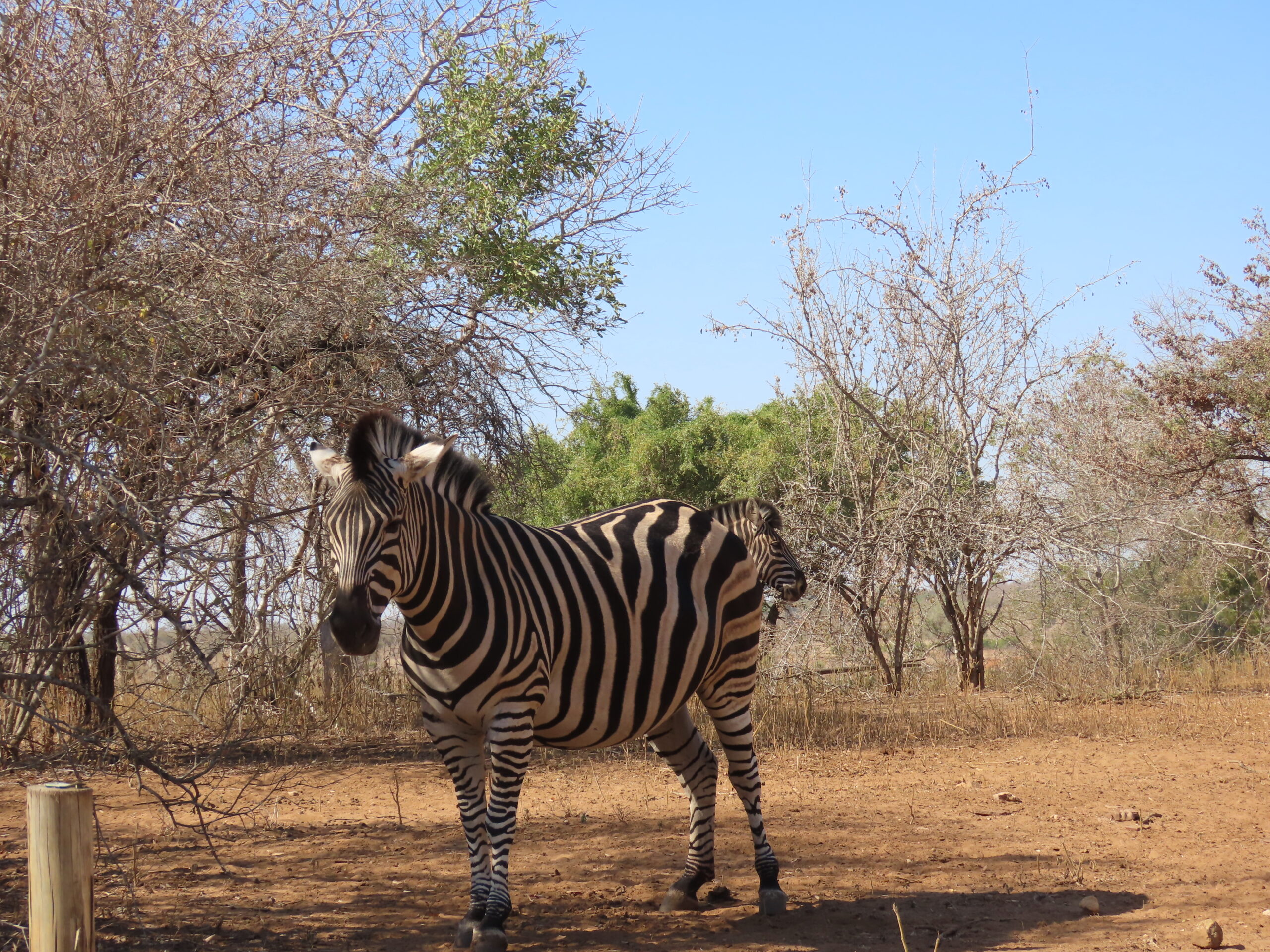
Between high turnover rates and limited staff, there’s often not enough time in the day to deep clean every room every day. Enza Laterrenia, head of housekeeping at Canne Bianche Lifestyle & Hotel, explains that under standard conditions, a room is cleaned by a housekeeping pair in about 30 minutes, highlighting the time pressure housekeeping teams often face.
Decorative Pillows
Maria Diego, a Travel + Leisure A-List advisor and a self-proclaimed germaphobe, says she always takes action immediately when she gets to her room. “Having worked in hotels, the first thing I fling off to a far corner of the room are decorative pillows and any decorative runner that goes along the foot of the bed,” she says. “These never get washed.”
Laterrenia agrees, noting that many hotels wash their decorative elements infrequently.
High-touch Surfaces
For travel advisor and coach Rani Cheema, hotel room phones are the most unsanitary items. “If there’s an actual phone and I need to pick it up, I am grossed out by the receiver,” Cheema says. “I think it’s … the mouth part, because no one’s cleaning that.”
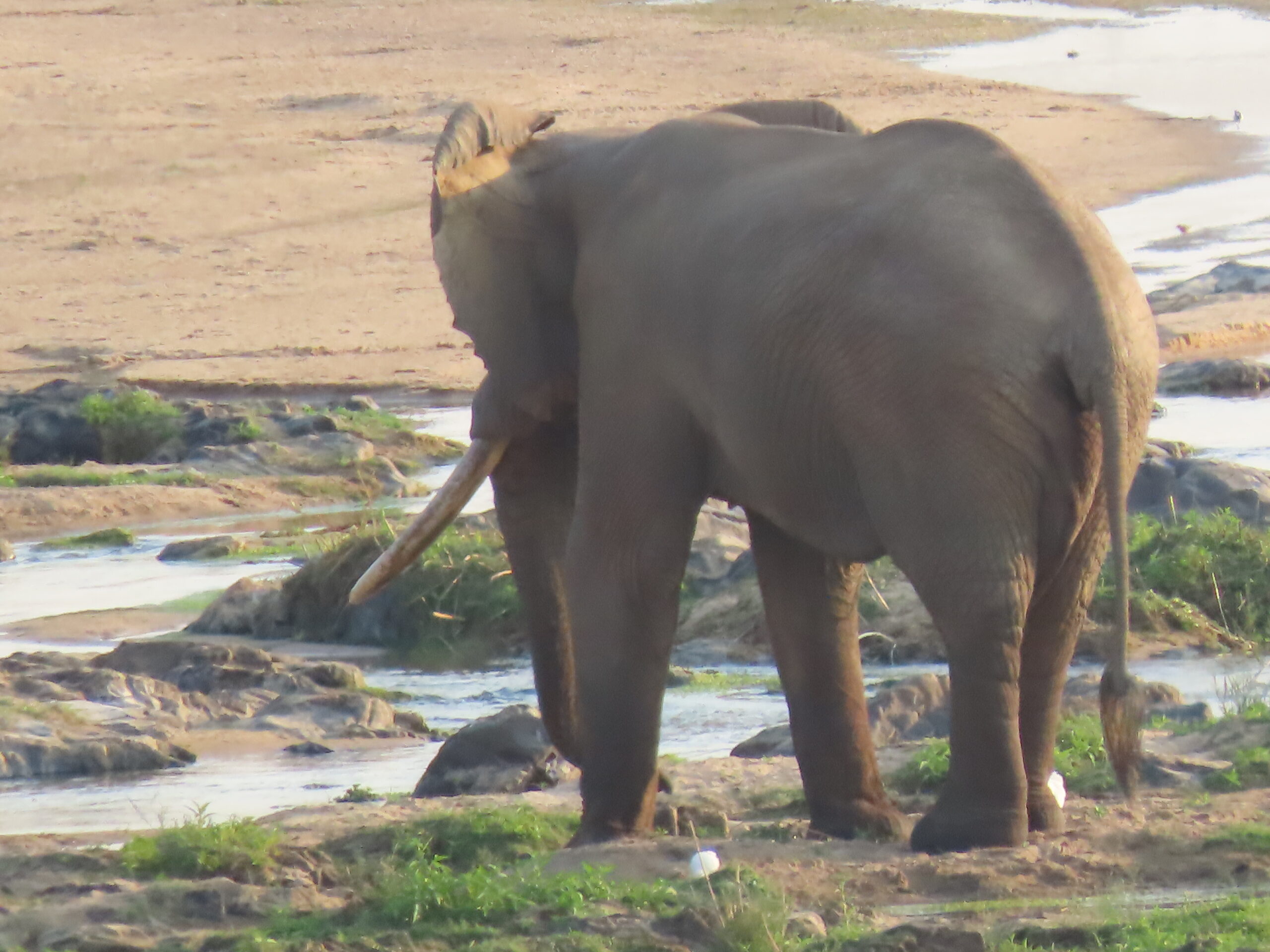
From a housekeeping perspective, carpets are another culprit. “They tend to trap dust and bacteria, making them one of the more demanding items to sanitize,” Laterrenia says.
Cheema, however, notes that many higher-end properties are adapting. “There are a lot of five-star hotels that no longer have carpeting, so it’s hardwood floors or an area rug, and that’s about it,” she says.
Even in luxury hotels, though, thoroughness has its limits. “At higher-end hotels, major touch points like switches, remote controls, and phones get a wipe before every check-in, but I’m still cautious about these spots,” Diego says.
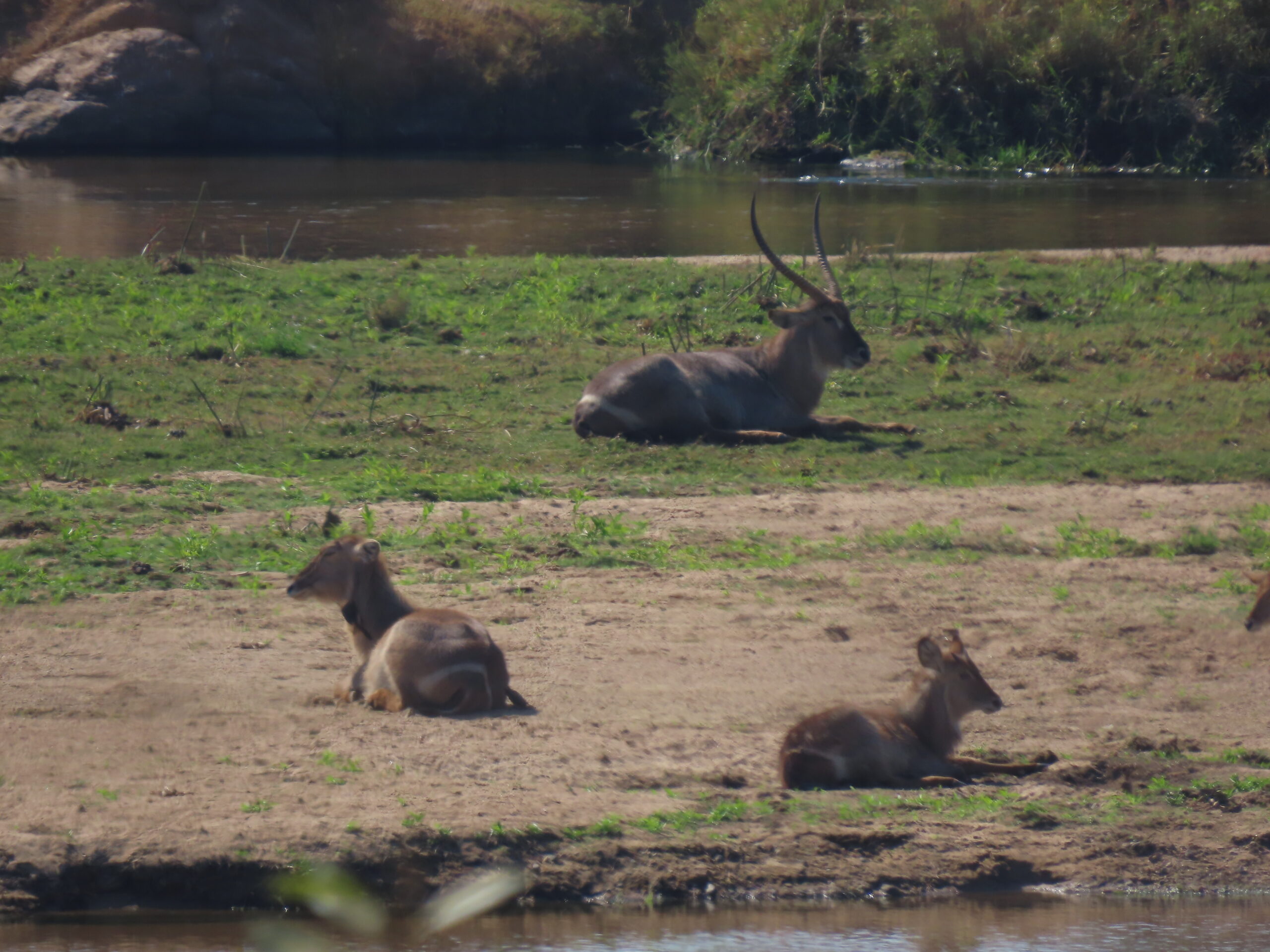
Hidden Contamination Spots
Some of the most overlooked surfaces are the ones tucked away. “I’m also wary of barware inside drawers or cabinetry, anything that might be sitting for prolonged periods or handled by guests unbeknownst to housekeeping teams,” Diego says.
She’s also particular about the bathroom. “I also won’t take a bath in a hotel unless it’s a super luxe five-star hotel, and only if it’s a non-jet bathtub,” she says.”
Laterrenia reveals that certain areas are often overlooked during standard hotel cleanings. “Hard-to-reach spots—such as high ceilings, chandeliers, ceiling fans, curtain rods, and shower heads—are often neglected.”
So next time you check into a hotel, toss the decorative pillows and bed runners to the side, wipe down the high-touch surfaces, and be selective about using the tub. When in doubt, it doesn’t hurt to do a quick clean of your own.”
We often stay in hotels, and I must admit we aren’t as meticulous with wiping everything down when we arrive. However, we don’t recall a single incident where we became sick from a hotel room. Moreover, we’ve become ill from interacting face-to-face with other people. We frequently wash our hands in hot soapy water wherever we may be: hotels, restaurants, and tourist attractions.
Now, I’ll set the veranda table for this evening’s dinner guests and finish the prep for starters for sundowner time, after which dinner will follow.
Be well.
Photos from ten years ago today, August 3, 2015:


